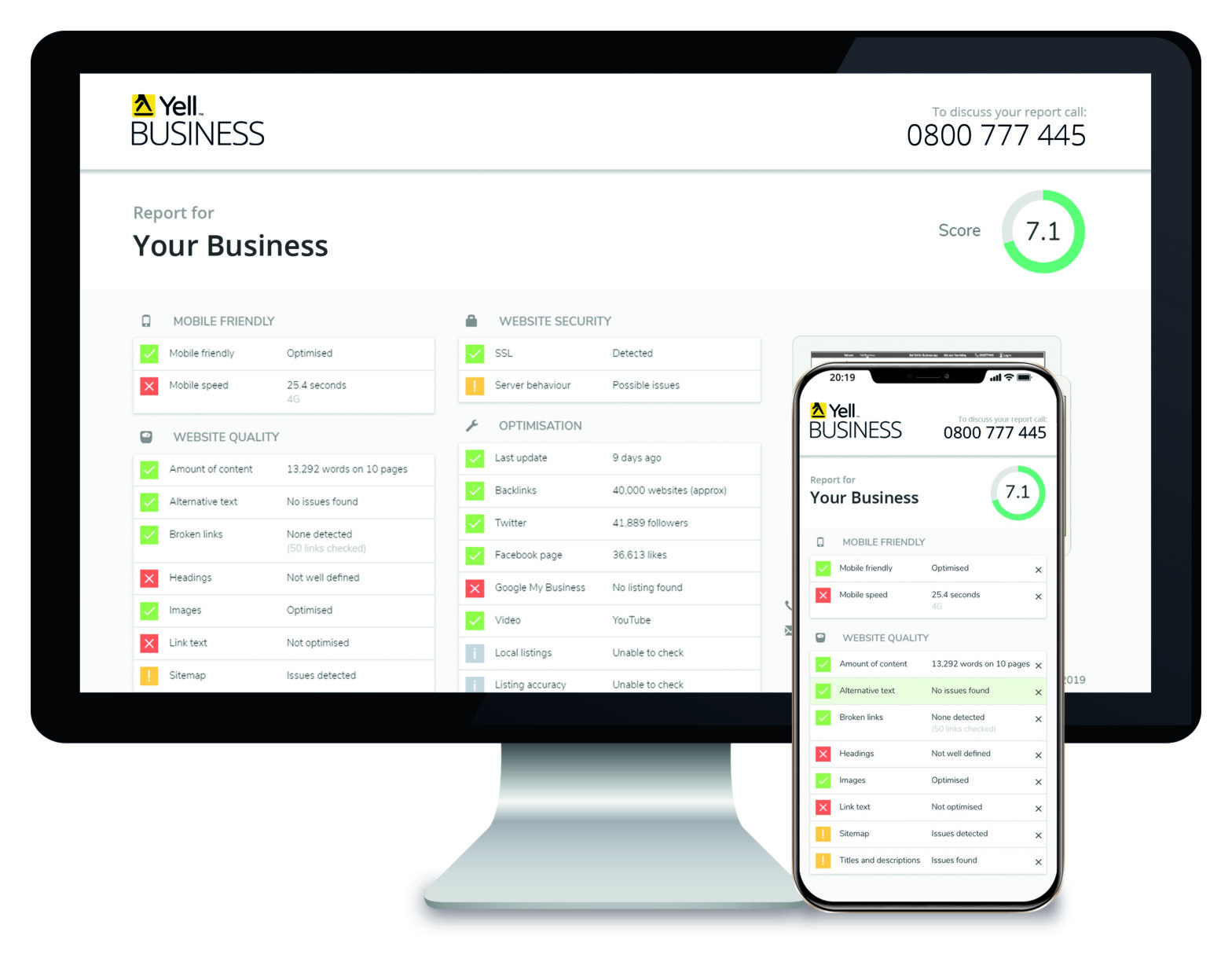Industry wide fears have been sparked about the perceived lack of accuracy in website visitor figures that are published by the owners and operators of sites.
Just recently, shares in interactive family entertainment website e-district.net were suspended – and its chief executive dismissed – following allegations that its numbers of registered users and page impressions had been exaggerated. Another company to court controversy was OneView.net, whose merger with Freecom.net last year ran into problems due to OneView’s inflation of its user numbers.
According to Paul Barker, a spokesperson for internet service provider Freeserve, figures relating to visitor numbers and users are crucial to the media industry as they are a “demonstration to the financial community of a company’s business worth”.
Internet advertising is worth around £100 million per year in the UK, with many sites selling adverts on the basis of hits, users and “click throughs”.
In the past companies simply used to use “hits” on their websites as a measure of the volume of users at the site. However as Richard Foan, the managing director of ABC Electronic, the internet division of the Audit Bureau of Circulation, has pointed out, hits are no longer an acceptable measure of a site’s popularity. Foan says that “hits” count every single individual item which is uploaded onto the screen. One person viewing one page with multiple images, adverts and text is often counted as representing multiple “hits”.
A better measure than hits is page impressions and the number of unique individual users. In theory, page impressions should provide a figure of the number of pages on a site looked at. However, as Foan points out, there is still the definition of a page impression to consider. One request from a user can result in several files being sent to that page, which could include several associated graphic images and audio files. If a site uses frames, the request could cause several html files to be uploaded as well.
Further discrepancies could arise in the figures through ‘false’ users. Robotic traffic would be one kind – search engine software which is sent out to rove the internet to build up the data that they use. A second kind would be internal traffic, employees using their own company’s website.
What Foan, and many other industry leaders like PricewaterhouseCoopers are calling for in the midst of this confusion is for companies to stick to an ‘industry agreed standard’. One such standard is provided by Foan’s ABC Electronics, a not-for-profit organisation that works on behalf of advertisers and media buyers to provide independent auditing services. An audit by ABCE would involve the implementing of this standard and would ensure that the above anomalies would be filtered out and excluded when counting page impressions and users.
Foan says ABCE counts page impressions, visits and users ‘so a buyer knows exactly how busy a site is’.
As yet, only a few hundred internet sites have their figures independently audited. And in the current technological climate, companies may not be so keen to have their figures revised downwards.





